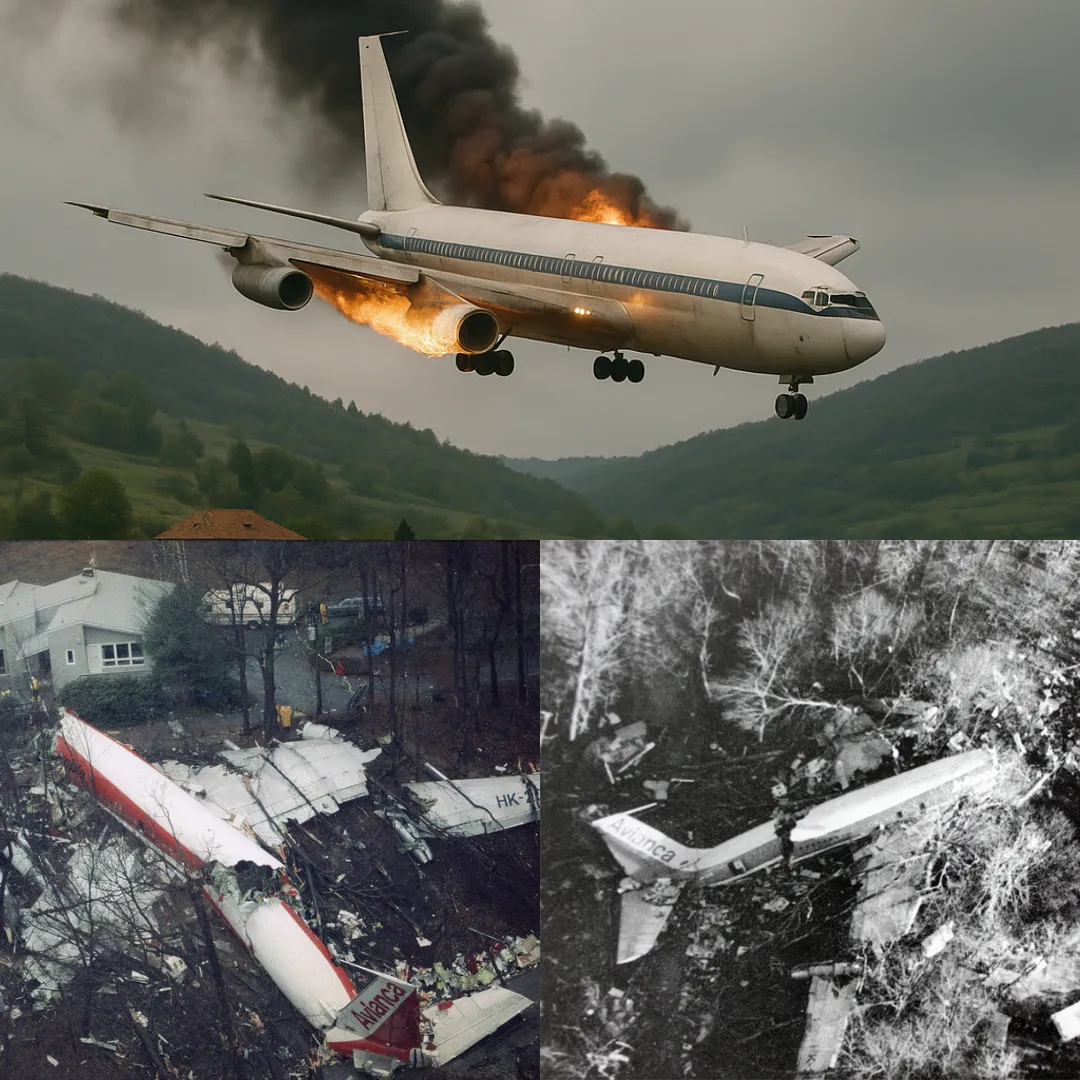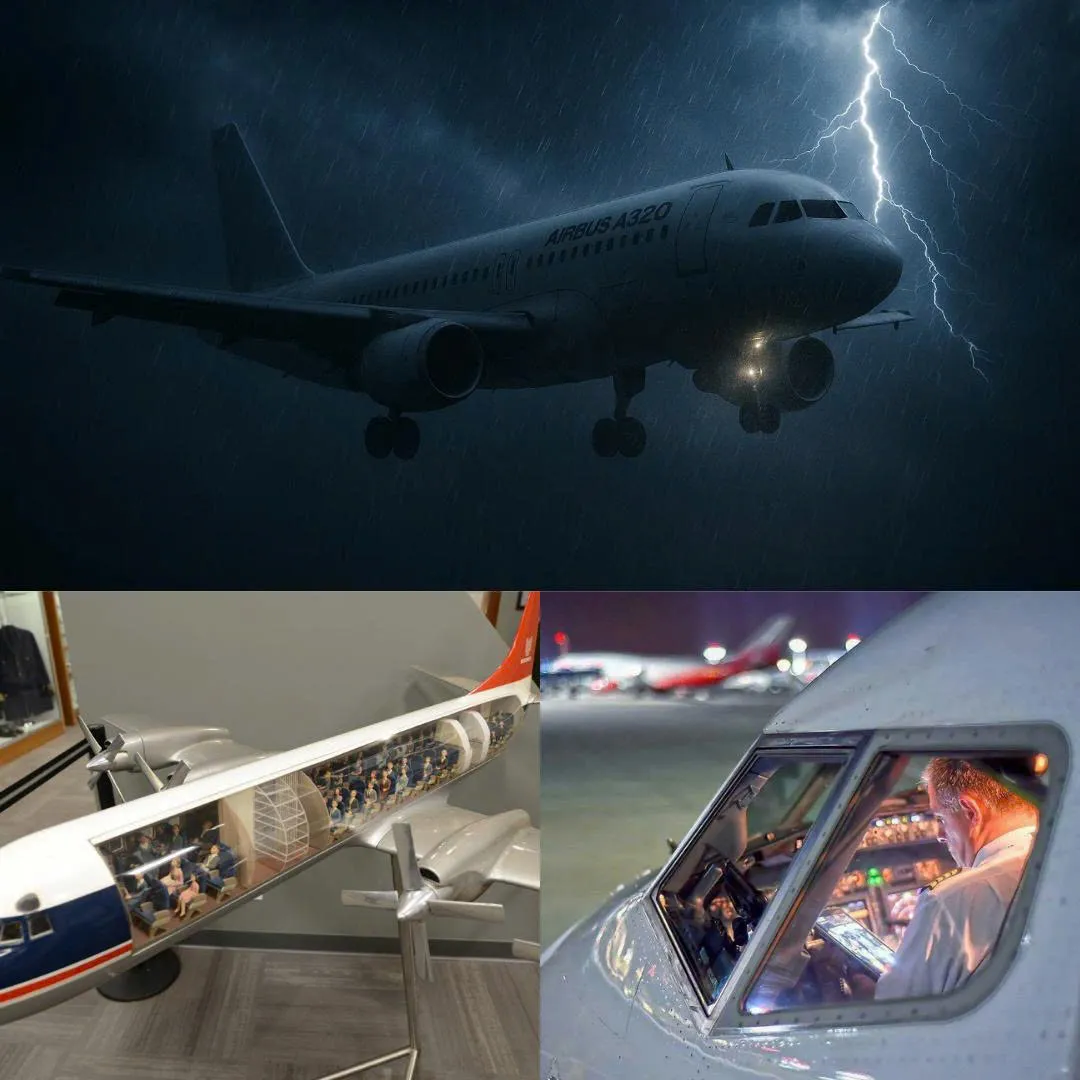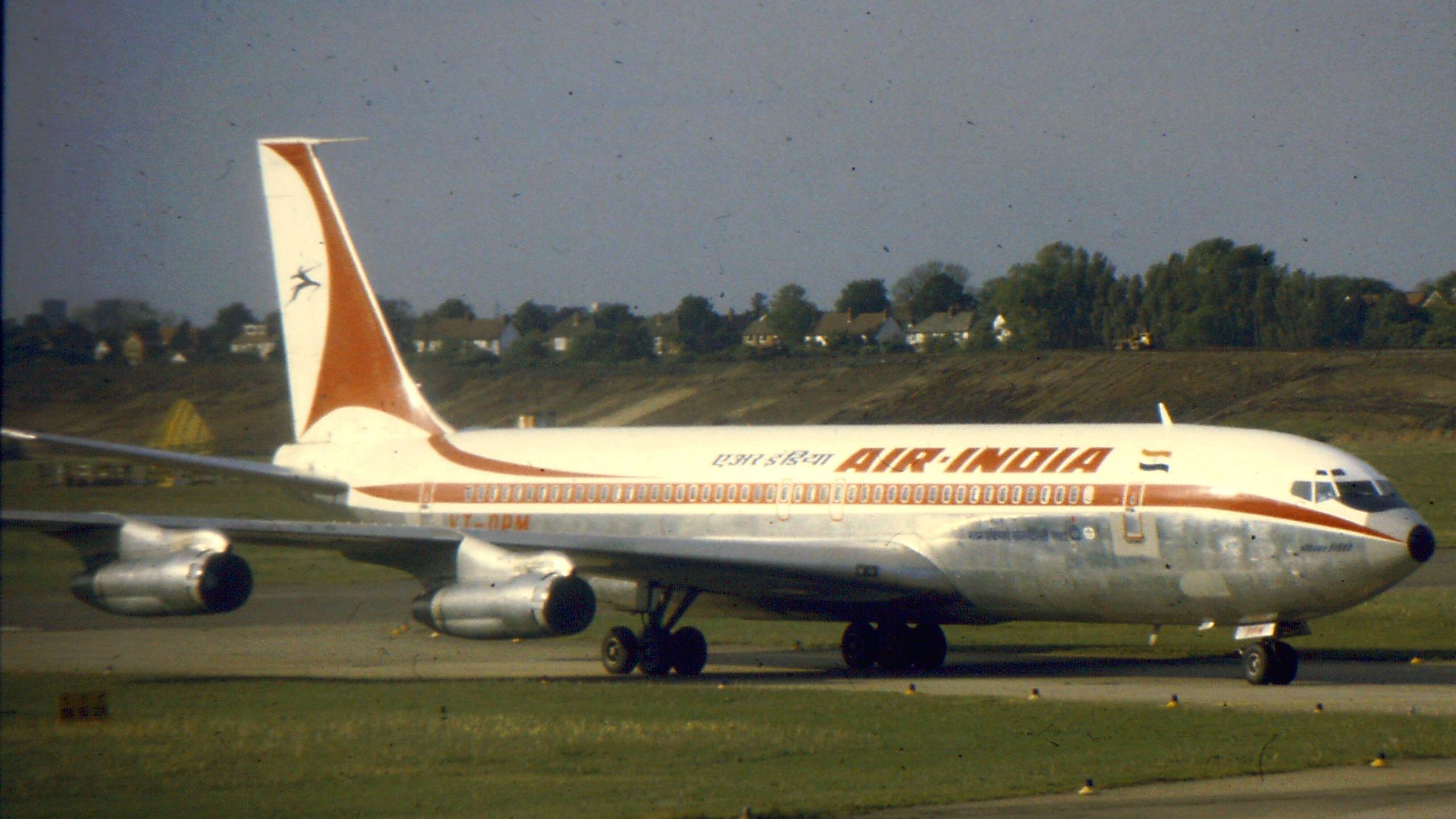
On September 11, 2018, Air India Flight 101, a Boeing 777, departed from Indira Gandhi International Airport in New Delhi for its long journey to John F. Kennedy International Airport in New York City.
However, what should have been a routine 15-hour flight quickly turned into a nightmare. Within minutes of taking off, the aircraft faced a cascade of system failures, jeopardizing the lives of 357 people on board.
As the plane flew through poor weather conditions and with limited fuel, the pilots faced a terrifying dilemma—should they attempt a complex and unfamiliar approach into New York’s JFK Airport or divert to another airport far away, risking running critically low on fuel?
The flight began like any other. Passengers settled into their seats, with many heading back to the United States after visiting relatives in India or finishing up business trips.
On board were 342 passengers, along with 15 crew members, including four pilots—two captains and two first officers—who had been alternating shifts throughout the long flight.
Captain Rustom Palia, known as "Rusty," had over 23 years of flying experience, including 3,500 hours on the Boeing 777. First Officer Vickers, along with the second captain Shushan Singh and First Officer Diaz Batty, were all experienced pilots, but none had ever encountered the situation they were about to face.
The Boeing 777-200ER (Extended Range) is one of the most reliable and technologically advanced aircraft in the world. It is known for its robustness and safety features, which are essential for long-haul international flights.

But for this flight, mechanical issues were already starting to make their presence felt. About 40 minutes into the flight, when the aircraft reached cruising altitude, the crew was alerted to a warning message indicating a failure in one of the plane’s radio altimeters, an essential instrument for measuring altitude below 2,500 feet during approach.
While this was a minor issue on its own, the failure of one altimeter, later followed by the malfunction of another, raised a serious concern for the crew about the integrity of the aircraft’s electronic systems.
Things quickly escalated from there. As the aircraft cruised further into its flight, another critical failure occurred. The pilots discovered that their TCAS (Traffic Collision Avoidance System), which is essential for ensuring safe separation from other aircraft, was also inoperative.
While this wasn’t an immediate threat to their safety, it raised alarm bells in the cockpit. If two aircraft were on a collision course, TCAS would normally alert the pilots to take action—climb or descend to avoid the collision.
The failure of this system left the pilots uncertain about the risks in the busy airspace above the Atlantic. They realized that the systems failures were not isolated incidents, and the crew started to worry about what could be the underlying cause—perhaps a bigger issue with the aircraft’s wiring or electronics.
As Flight 101 made its approach to JFK, things took a dangerous turn. The pilots discovered that the Instrument Landing System (ILS), which provides precise guidance for aircraft landing in low-visibility conditions, was malfunctioning.
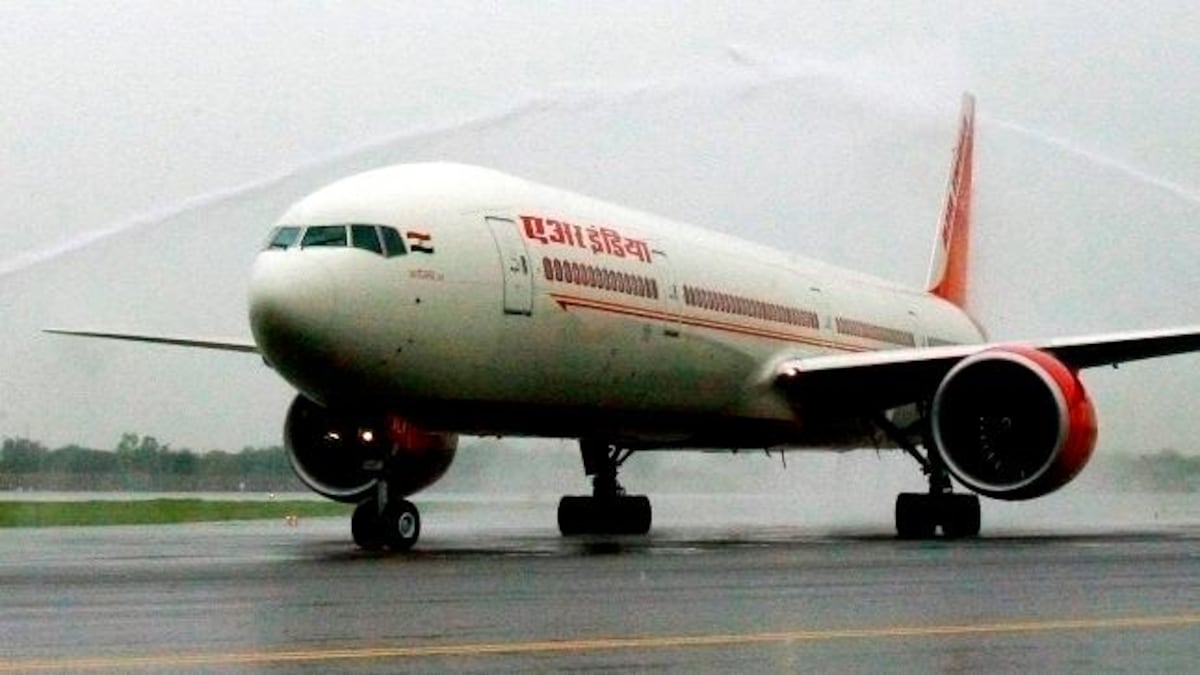
With the cloud ceiling hovering dangerously low at just 200 feet, the pilots were now faced with a significant problem: without a working ILS, they would have to rely on an alternative approach method.
This decision would require them to use the aircraft’s GPS for a non-precision approach, a technique they were not accustomed to using. The pressure on the flight crew was mounting, and with an increasingly unstable situation in the cockpit, their focus was slipping.
As they attempted to manage the situation, the pilots were alerted to another problem: the landing gear configuration alarm went off, indicating that the landing gear had not properly extended.
This was an erroneous warning, but in the chaos of the moment, it added another layer of stress. They knew they were running out of time and options. The weather was worsening, the systems were failing, and their fuel levels were getting dangerously low.
With only 7,000 kilograms of fuel remaining, they had limited options for a diversion. The crew had already considered several airports, but all of them were too far away to reach safely given the current fuel situation.
After several minutes of troubleshooting, the pilots decided to abort their landing attempt at JFK and requested a go-around. However, due to the aircraft’s continued loss of power and deteriorating systems, they found themselves stuck in a dire situation.
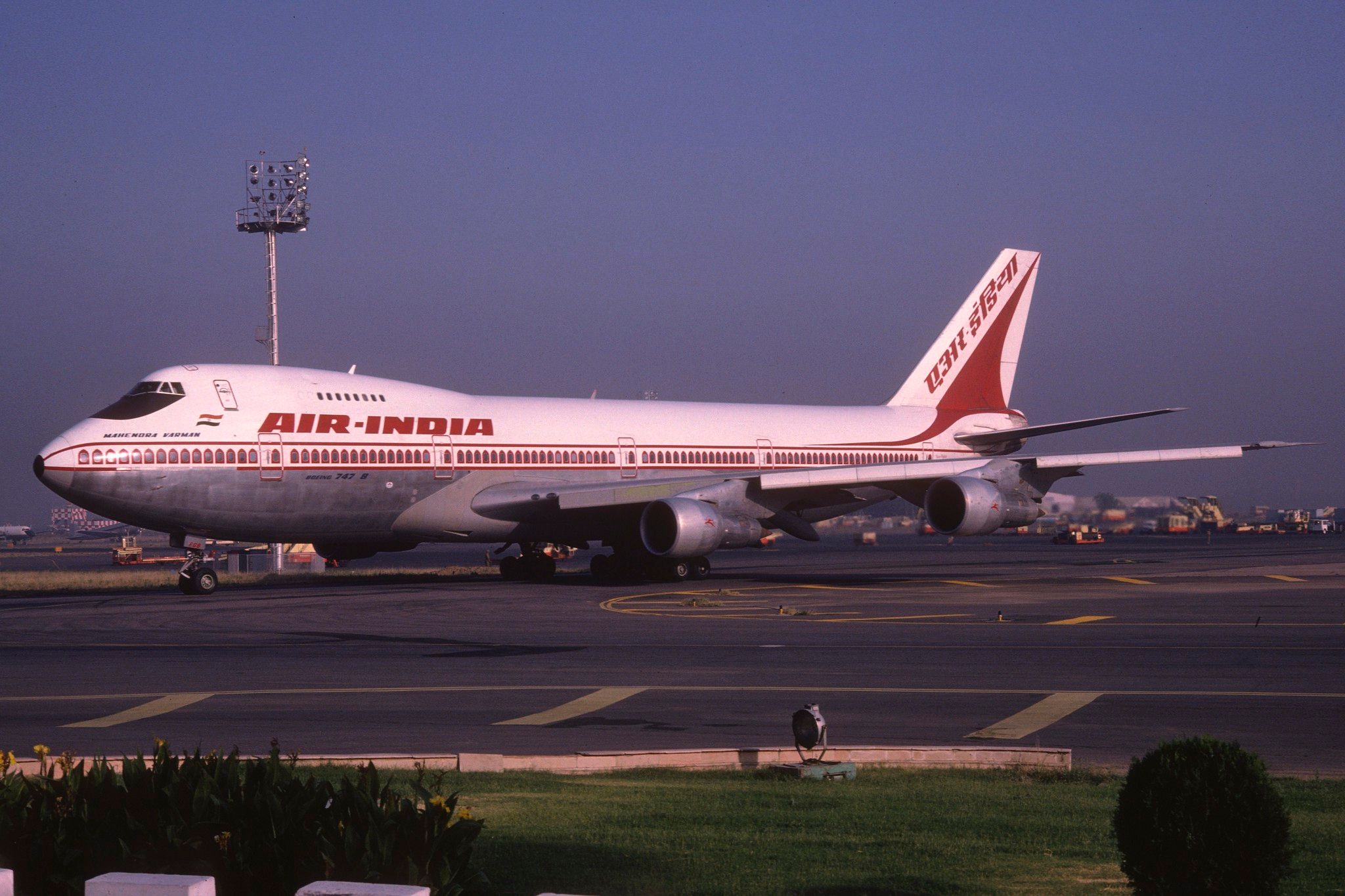
They had no choice but to climb to a higher altitude in an attempt to buy more time to figure out where to land. Air Traffic Control began exploring alternate airports for them to land at, but the reality was that with their fuel running low and the aircraft malfunctioning, the pilots were in a race against time to find a suitable landing spot before the situation worsened.
At this point, the pilots faced one of the most difficult decisions of their careers: they had to choose between landing at a nearby airport or attempting a more distant airport. Their window of opportunity was shrinking fast. Air Traffic Control gave them a number of options, but none of them seemed ideal. The weather was still poor, and many of the potential alternate airports were out of range due to the diminishing fuel levels.
After a tense discussion with Air Traffic Control, the pilots decided to attempt landing at Newark Liberty International Airport, which was about 50 kilometers away. While the weather there was not much better, it was their best shot at getting the aircraft on the ground safely.
The pilots, with limited options left, prepared for the worst. They had been airborne for 15 hours, and with numerous systems failures, the situation was becoming increasingly dangerous. However, despite the overwhelming pressure, they maintained control of the situation and successfully lined up the aircraft for landing at Newark. Their chances of landing were slim, but through a combination of skill, experience, and sheer determination, they made it.
As Flight 101 descended toward Newark, they were still battling against a host of system failures, a dangerously low fuel supply, and an unstable approach. The pilots fought to keep their composure while managing a chaotic and stressful situation.

Finally, at around 8:30 AM, the aircraft touched down safely on Runway 4R at Newark, just moments before the fuel would have run out. All 357 passengers and crew on board were safe.
The investigation into the incident revealed that the root cause of the flight's technical failures was related to a malfunction in the airplane’s computer system, known as the Airplane Information Management System (AIMS).
The system’s failure led to cascading errors in several crucial systems, including the radio altimeters, TCAS, and ILS, which contributed to the flight’s dangerous predicament. Although Air India had been aware of some of the aircraft's issues, the airline did not properly address them before departure, which played a significant role in the crisis.
The outcome of this harrowing incident was largely determined by the flight crew’s resourcefulness, quick thinking, and ability to stay calm under pressure. The lessons learned from Air India Flight 101’s crisis have contributed to important changes in the aviation industry, particularly in terms of how airlines handle technical failures, how pilots are trained to deal with such failures, and how airlines manage maintenance and safety protocols.
In conclusion, Air India Flight 101’s harrowing story serves as a reminder of the critical importance of effective crew resource management, thorough pilot training, and the need for proper maintenance and checks on aircraft.
The events of that day, along with the pilots’ quick thinking, ensured that the passengers on board made it safely to the ground. However, this close call underscores the risks involved in flying, especially when facing unforeseen technical failures in an already challenging environment.


